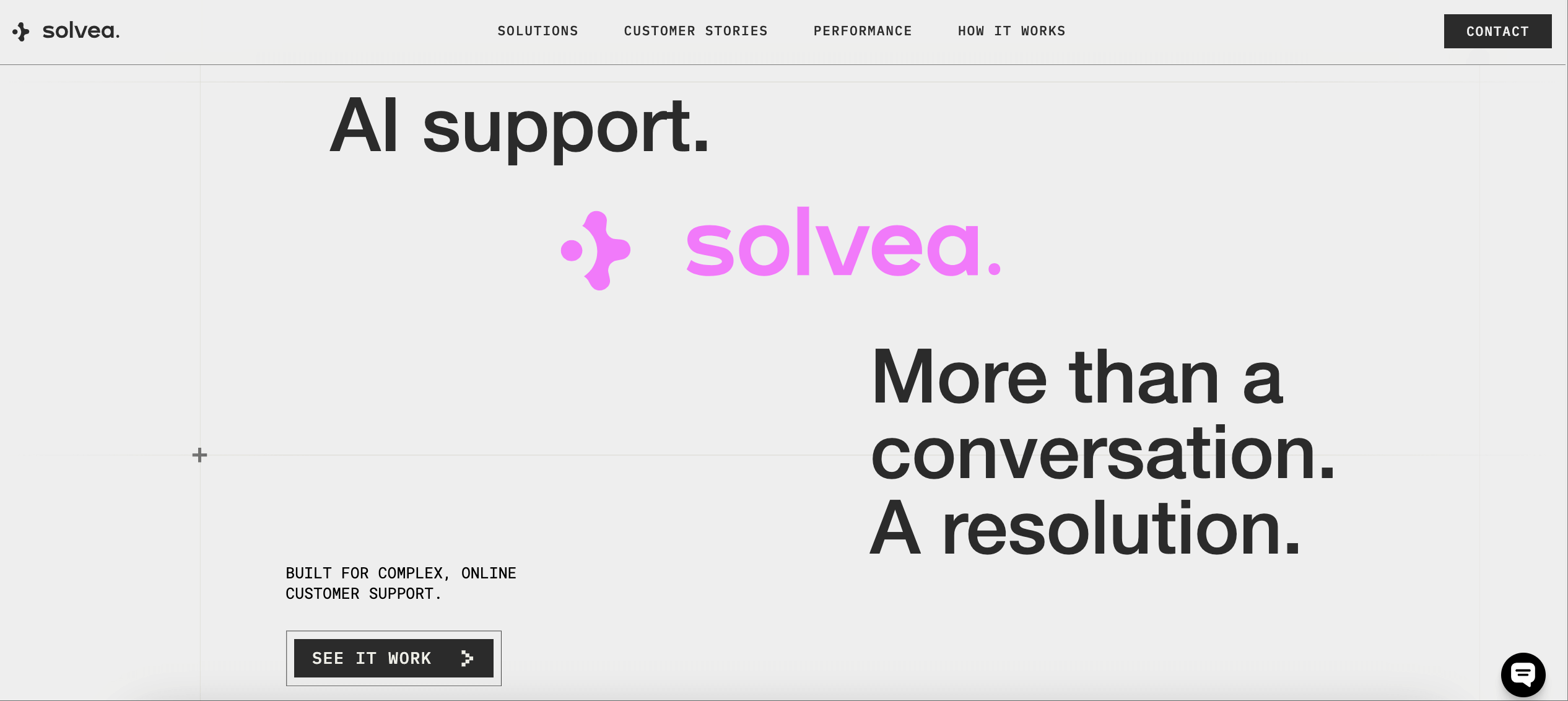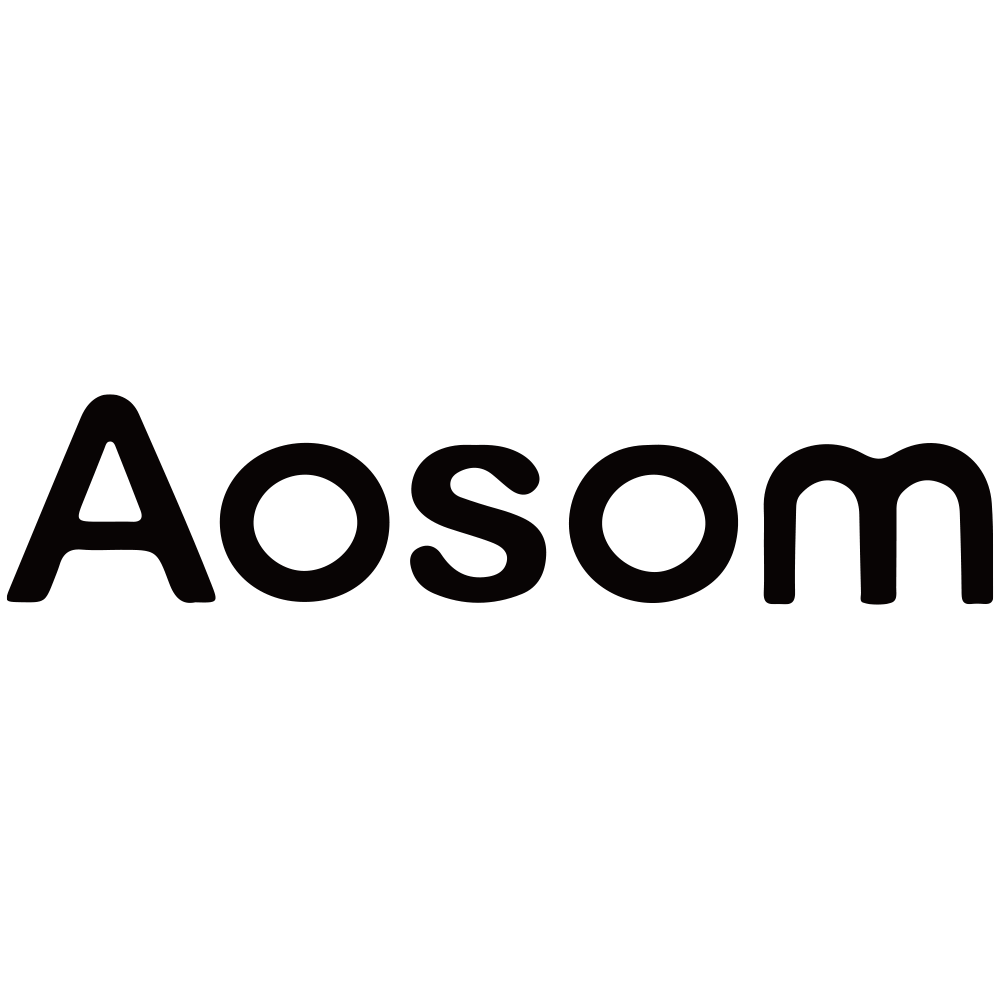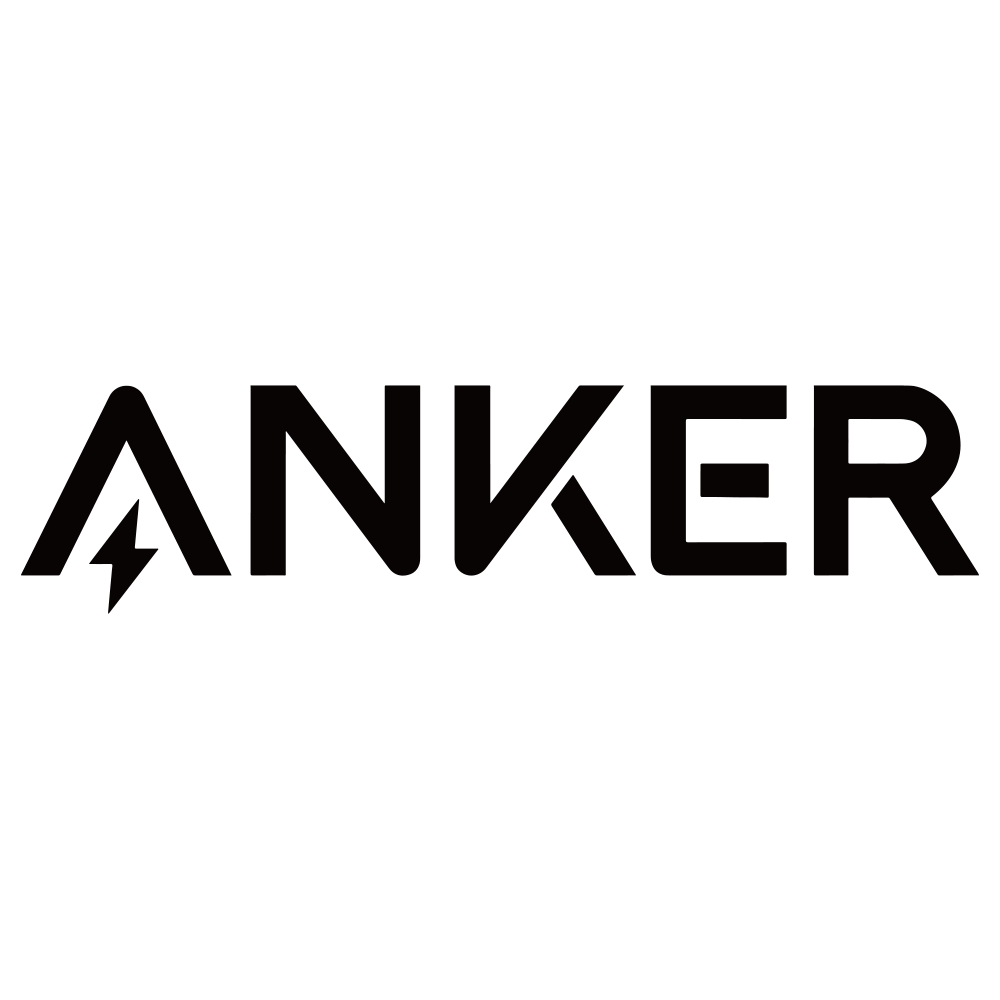Retail chatbots not only improve service efficiency but also boost sales and profitability for businesses. The retail industry is experiencing rapid growth driven by AI-powered chatbots in customer service. Grand View Research forecasts that by 2030, the global chatbot market size is expected to reach USD 27.29 billion, with a CAGR of 23.3% from 2025 to 2030.
This post serves as the ultimate guide to walking you through retail chatbots, covering their definition, key benefits, evolution, use cases, top software, and extra information you may need.
What is a Chatbot for Retail
A chatbot for retail is an AI-driven shopping assistant that makes shopping easy and special for customers. These smart helpers can interact with shoppers through multiple channels, providing real-time assistance and handling many tasks, from answering questions and assisting transactions to providing personalized recommendations.
In the retail industry, chatbots streamline customer interactions and improve overall service efficiency. Here are some key features of AI chatbots in retail businesses.
Key Features of Retail Chatbots | Description |
24/7 instant support | Operate round-the-clock, ensuring customers receive instant assistance at any time. |
Multilingual assistance | Supports multiple languages to serve diverse customers |
Personalized shopping experience | Offer product recommendations and real-time stock information |
Automation | Handle up to 69.2% of consumer conversations in retail automatically |
Integration | Connect with Helpdesk systems, like CRM, ERP, and other platforms. |
The Evolution of Retail Customer Service Chatbot
In traditional customer service, retail businesses relied on face-to-face interactions, phone calls, and emails. These channels need personal touches that are often time-consuming, limited by operating hours, and lack efficiency, especially during inquiry volumes.
Then the advent of digital customer service solutions, like live chat and email support, started changing the situation. However, the real transformation came from integrating AI-powered chatbots. They offer instant 24/7 support and handle multiple inquiries simultaneously, providing retailers with a consistent and flexible customer service solution.
Key Benefits of Retail Business AI Chatbot
Retail customer service chatbots offer numerous benefits that significantly optimize operations and customer experience. They automate routine tasks and offer instant support, making retailers operate more efficiently. Let’s explore the key advantages of integrating chatbots into retail businesses.
- Reduce operational costs: Chatbots are cost-effective because they automate a large number of repetitive tasks, reducing and even eliminating the need for additional human resources.
- Improve efficiency and productivity: They can answer FAQs, process orders, and provide updates. Some advanced bots even handle complex issues with human-like accuracy.
- Enhance customer service: They ensure shoppers can get immediate assistance at any time, reducing waiting time and frustration.
- Find areas for improvement: Advanced chatbots can give valuable insights into areas for improvement and let retailers make data-driven decisions.
Retail Chatbot Use Cases Study & Examples
There are some real chatbot use cases and examples in retail businesses. Let’s dive into how they help these businesses achieve their goals.
1. Dreame’s Consistent Service Excellence
About Dreame:
Dreame is a global innovator in smart cleaning and embodied AI tech, serving 30M+ households in 100+ countries. To expand its global share, Dreame partnered with Solvea for AI customer support.
Challenge:
Dreame faced high multilingual customer inquiries with operations spanning, and customers needed technical assistance for products, like AI vacuum robots. The traditional customer support failed to give fast responses and personalized service during high-demand periods.
Solution:
Collaborating with Solvea, the company built a structured knowledge base covering all product guides and workflows. The chatbot automates high-frequency requests like setup, maintenance, and fault checks. It also integrated with Zendesk, supporting 8+ languages and adapted to local tones.
Results:
- Handles 43% of Dreame’s customer inquiries with 80% accuracy.
- Supports 8 target markets around the clock with effective responses.
- Customer satisfaction rose as standard issues got fixed instantly.
- Built an intelligent support ecosystem with speed and cultural adaptability.
2. Amerlife’s Rapid Growth in Furnishing Retail
About Amerlife:
Amerlife is a North America-focused home furnishing retailer, with top-selling lines on Amazon, Walmart, and Wayfair.
Challenge:
Amerlife’s customer service team was burdened with heavy routine inquiries (product details and order status). It lacks 24/7 service, multilingual support, and real-time customer data.
Solution:
Amerlife worked with Solvea to launch an AI-driven shopping bot that handles tedious tasks, like returns and logistics tracking, freeing human agents. Integrating with LiveChat, Zendesk, and ERP systems, Amerlife built its own logistics knowledge graph and peak-season AI warning systems.
Result:
- Over 85% accuracy and 40% response rate, saving 3.6+ FTE.
- Reduced customer waiting time and improved customer satisfaction.
- Got a real-time AI dashboard to monitor performance and gain insights.
- Built a new benchmark for digital customer service in furniture retail.
3. Anker’s Global Customer Support Scaling
About Anker:
Anker is a global consumer electronics leader. It serves over 100 million users across 100+ countries, selling portable chargers and smart home gear.
Challenge:
With only 300+ support agents, Anker’s customer service team needs to handle 2M+ tickets yearly across Asia, NA, Europe, the Middle East, and each agent often works over 10 hours a day. This fragmented workflow strained the support team, leading to inconsistent CX.
Solution:
Anker integrated 270+ platforms into a centralized interface with the help of AI-powered agents. This agent from Solvea automatically resolves 70% inquiries, cutting handling time to 5 minutes. It helps agents with message drafting, process routing, and case categorization.
Result:
- Resolve over 70% of customer service work.
- Saves 150+ agent hours weekly and 92% of inquiries resolved in 5 messages
- Message response rate reached 95% and Net Promoter Score increased by 20 points.
- Turned fragmented workflows into unified and intelligent systems.
Best Chatbot Software for Retail Businesses
There are plenty of choices when it comes to retail business AI chatbots. But what’s the best chatbot software for retail? After analyzing extensive statistics from G2 and other authoritative sources, we narrowed down the top choices.
Here’s a quick overview of our findings.
Retail chatbot | Standout Features | Start Pricing |
Solvea | l Self-learning knowledge base l Enterprise-grade security certifications l Smart pre-sales and post-sales help l 1,000+ chats at once | |
Tidio | l Conversational AI with NLP technology l Chatbot templates l Live visitor list | Starter plan: $24.17/month |
Drift | l Real-time interactions l Chat routing l Conversation analysis | Premium plan: $2,500/month |
1. Solvea
Solvea stands out as the top choice for global retailers seeking to automate and scale multilingual customer support across all channels. The AI chatbot helps businesses achieve measurable ROI through automated, 24/7, and on-brand service delivery. Besides, its robust security framework addresses compliance-focused enterprise clients' concerns.

Why it’s worth: With human-like intelligence and strong safety guard, Solvea helped many partners achieve a 95% response rate and boost customer satisfaction by 30%.
Integrations: Zendesk, Intercom, most e-commerce platforms, Gmail, Microsoft, Email, social media, Voice, and a lightweight ticketing system.
Pros:
- 24/7 multilingual assistance
- 80% of human-like accuracy and 30% of high-resolution rate
- Many successful retail chatbot use cases, like Anker, Amerlife, and Gallerie
- Outcome-based pricing
Cons:
- Need to book a demo for customized pricing plans
2. Tidio
Tidio also provides AI chatbots specifically designed for retail businesses. It can automate customer support effectively and deliver proactive customer service on multiple platforms. Its user-friendly visual builder and pre-built templates enable you to easily generate leads, boost conversion rates, and do more.

Why it’s worth: It is a top retail chatbot (4.7/5 ratings) with AI and NLP technology, and provides a 7-day free trial.
Integrations: Shopify, WordPress, WooCommerce, Facebook Messenger, Instagram, WhatsApp, Zendesk, Mailchimp, and Google Analytics.
Pros:
- User-friendly visual builder interface
- Pre-built chatbot templates
- Effective product recommendations
- Multi-platform support
Cons:
- The pricing structure for add-on features can be expensive for small businesses.
3. Drift
Drift chatbots are tailored to help retailers start conversations with shoppers and address inquiries, ideal for finding potential customers and live talks. It can also automatically collect customer data from your shoppers and give valuable insights into their behaviors. It enables you to schedule meetings with potential clients and sales drives.

Why it’s worth: With AI-driven personalization, it offers real-time engagement and a free trial for easy deployment.
Integrations: Salesforce, HubSpot, Marketo, Slack, Zoom, MailChimp, Outreach, Salesloft, and Ruler Analytics.
Pros:
- Personalized responses and real-time dialogues
- Omnichannel customer experience
- Comprehensive analytics of all chatbot activities
- Auto meeting schedules
Cons:
- More expensive than many other platforms
Future Trends and Innovations of Retail Chatbots
The adoption of AI chatbots in the retail industry will become more intelligent, personalized, and customer-centric in the future. In a nutshell, these chatbots will be more personal and easier to use for both shoppers and retailers. Here are key trends and innovations the retail chatbots may experience:
Trends and Innovations | Key Description |
More advanced Natural Language Processing (NLP) model | Better understand the context, tone, and intent of customers and detect sarcasm or humor for human-like interactions. |
Multimodal collaboration | The chatbot may integrate text, images, videos, and voice into one interface. For instance, a clothing retailer’s chatbot may show fashion show videos to help shoppers make a decision. |
AI-Driven predictive analytics | Anticipate customers’ needs by analyzing historical data. For example, e-commerce bots may suggest complementary items based on past purchases. |
Voice-activated interaction | Voice chatbots will play a more crucial role in future retail businesses. They can handle tasks, like ordering or cancelling services via voice prompts. |
AR technology integration | Retail business ai chatbots may work with AR, such as letting cosmetics shoppers try products virtually via smartphones. |
Stronger security and compliance | To better protect customer privacy and consumer rights, these chatbots will use stronger data encryption technologies to safeguard customer privacy and comply with relevant laws. |
Retail Chatbot FAQ
1. What is a sales chatbot?
A sales chatbot is an AI-powered virtual assistant that can trigger human-like conversations to automate sales-related processes. It can answer customer inquiries, qualify leads, guide purchases, share product information, schedule appointments, and do other tasks to boost sales.
2. What are the types of retail chatbots?
The retail chatbots come in various types, and each one is designed to meet different customer needs. Here are 4 common types of chatbots:
- Rule-based chatbots: They follow a set of predefined rules to handle customer inquiries or common questions. They may not have advanced capabilities.
- AI-powered chatbots: These bots use machine learning algorithms, NLP, and AI technologies to handle complex queries like human beings.
- Virtual assistants: They work like the assistants in the physical store, guiding customers through the entire purchasing process.
- Social media chatbots: These bots are integrated into messaging apps and social media platforms to engage customers.
3. What’s a retail chatbot example?
For example, Solvea serves as the top retail chatbot for many companies, such as Anker, Dreame, and Amerlife. It automates inquiries, integrates with multiple platforms, offers multilingual support, and boosts efficiency while improving customer satisfaction.
4. What are the technologies behind retail chatbots?
The key technologies behind retail chatbots usually include Natural Language Processing (NLP) for understanding user intent, AI/ML for personalization, data integration tools for system connectivity, and encryption for safeguarding customer privacy.












![10 Best Shopify Competitors & Alternatives? [Compared]](https://cdn.shulex-voc.com/shulex/upload/2025-11-19/09d7be08-5f35-4f26-91ed-111cdc0b5db3.jpg)